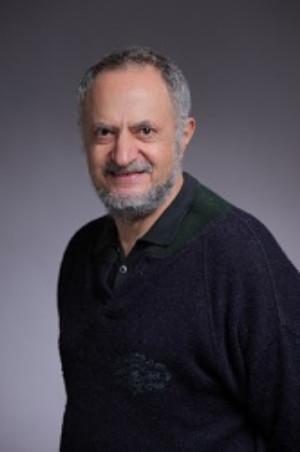Molecular Research of Epidermal Stem Cells 2015
A special issue of International Journal of Molecular Sciences (ISSN 1422-0067). This special issue belongs to the section "Biochemistry".
Deadline for manuscript submissions: closed (30 September 2015) | Viewed by 87556
Special Issue Editor
Interests: molecular biology and genetics of human keratin genes; transcriptional profiling of skin cells using DNA microarrays; effects of UV light on skin; signal transduction in skin during inflammatory and proliferative processes; epidermal stem cells and differentiation
Special Issues, Collections and Topics in MDPI journals
Special Issue Information
Dear Colleagues,
Arguably among the most exciting research areas, stem cell biology recently burst out with extraordinary thrill and promise. Because of its accessibility, epidermis was among the first organs targeted by stem cell researchers. Several crucial discoveries relating to stem cells biology originated in skin research, the origins of cancers, the influence of the niche, role in wound healing and use in gene replacement therapy, to name a few. The field is fast-moving, but sufficiently mature to warrant a special inclusive and comprehensive overview to define its range, challenges and future directions.
The goal of this special issue is to provide a summary of the field, describe its impact as well as introduce the recent advances in the Molecular Research of Epidermal Stem Cells. Both keratinocyte and melanocyte stem cells will be addressed, mainly those in the hair follicles, but the extrafollicular ones as well. This issue will address the markers of epidermal stem cells, the role of the niche, the regulatory processes governing quiescence and emergence into proliferation, epigenetics, interface of stem cells with cancer and wound healing, and their use in treating dermatologic disorders.
Dr. Miroslav Blumenberg
Guest Editor
Manuscript Submission Information
Manuscripts should be submitted online at www.mdpi.com by registering and logging in to this website. Once you are registered, click here to go to the submission form. Manuscripts can be submitted until the deadline. All submissions that pass pre-check are peer-reviewed. Accepted papers will be published continuously in the journal (as soon as accepted) and will be listed together on the special issue website. Research articles, review articles as well as short communications are invited. For planned papers, a title and short abstract (about 100 words) can be sent to the Editorial Office for announcement on this website.
Submitted manuscripts should not have been published previously, nor be under consideration for publication elsewhere (except conference proceedings papers). All manuscripts are thoroughly refereed through a single-blind peer-review process. A guide for authors and other relevant information for submission of manuscripts is available on the Instructions for Authors page. International Journal of Molecular Sciences is an international peer-reviewed open access semimonthly journal published by MDPI.
Please visit the Instructions for Authors page before submitting a manuscript. There is an Article Processing Charge (APC) for publication in this open access journal. For details about the APC please see here. Submitted papers should be well formatted and use good English. Authors may use MDPI's English editing service prior to publication or during author revisions.
Keywords
- bulge region
- cancer
- epidermis
- epigenetics
- gene replacement therapy
- hair
- ichthyosis
- melanocyte
- niche
- sebaceous gland
- skin
- wound healing






